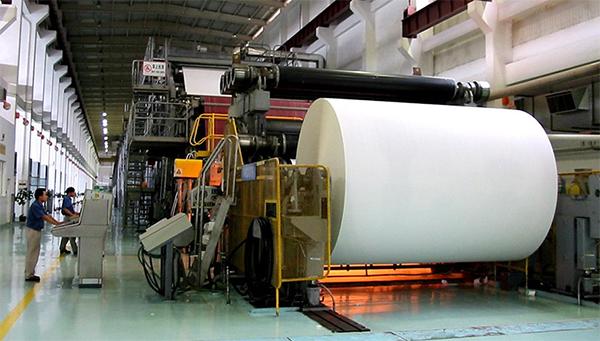Papermaking, an ancient and modern process, continues to develop and progress under the impetus of science and technology. However, in the papermaking process, foam has always been a headache. Fortunately, the emergence of papermaking defoamers has brought hope for solving this problem.

The generation of foam in the papermaking process is a complex physical and chemical phenomenon. When the surfactant in the pulp interacts with the air, a stable foam structure is formed. These foams not only occupy a lot of space, but also interfere with the normal production.
Papermaking defoamers are like the "nemesis" of foam. It can quickly penetrate into the foam, reduce the surface tension of the foam film, and thus break the foam. Moreover, it can also prevent the formation of new foam and provide a stable environment for the papermaking process.
For example, in the papermaking process, if there is too much foam, the uniformity of the paper will deteriorate, affecting the appearance and physical properties of the paper. After using a suitable papermaking defoamer, the foam is effectively controlled, the quality of the paper is significantly improved, the surface is smoother, and the strength is more uniform.
In addition, papermaking defoamers can also improve the utilization rate of equipment. Due to the reduction of foam, the pulp can flow more smoothly in the equipment, reducing equipment blockage and failure, and extending the service life of the equipment.
Different types of papermaking defoamers have their own characteristics and scope of application. Silicone defoamers have high efficiency and lasting defoaming effects, but may have a certain impact on certain properties of paper; polyether defoamers have good compatibility and environmental protection performance, but the defoaming efficiency may be relatively low.
Therefore, when choosing a papermaking defoamer, it is necessary to make a comprehensive consideration based on the specific production process and requirements.
In general, papermaking defoamers have brought great convenience and benefits to the papermaking industry with their magical effects, and are an important factor in ensuring high-quality and high-efficiency papermaking production.
 中文
中文
 EN
EN

